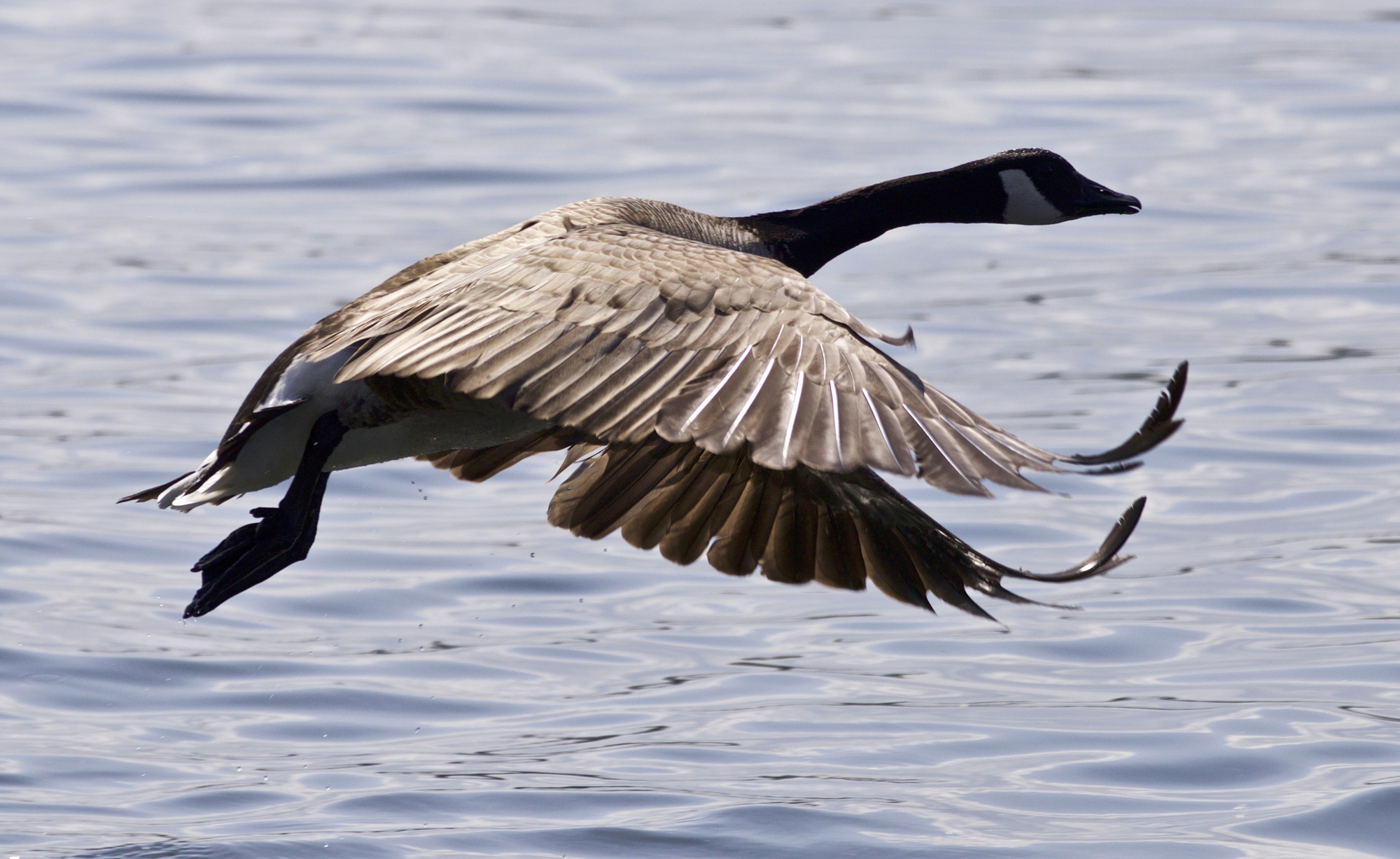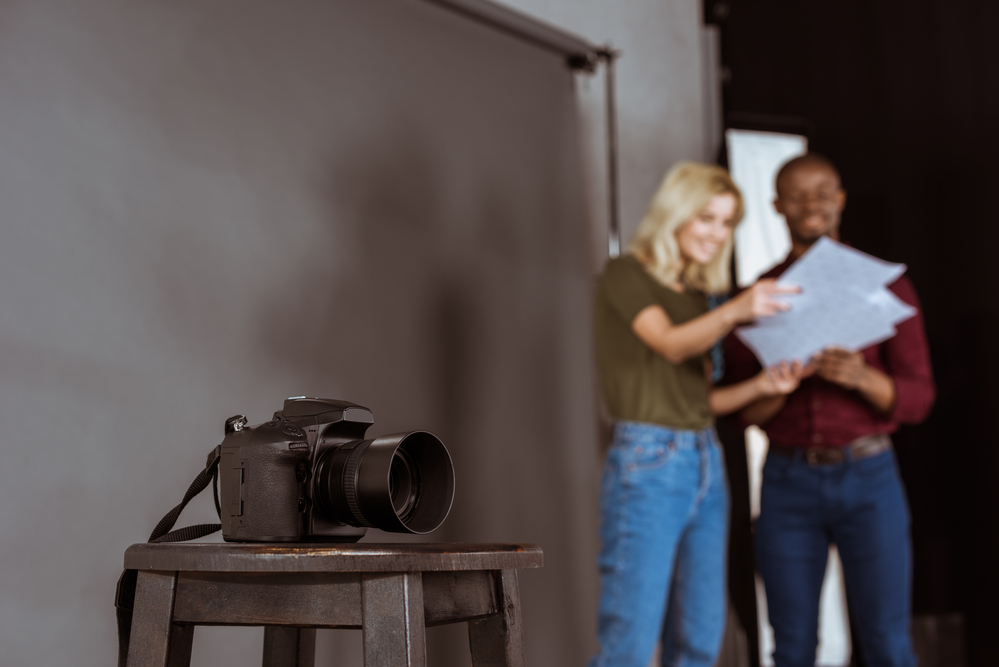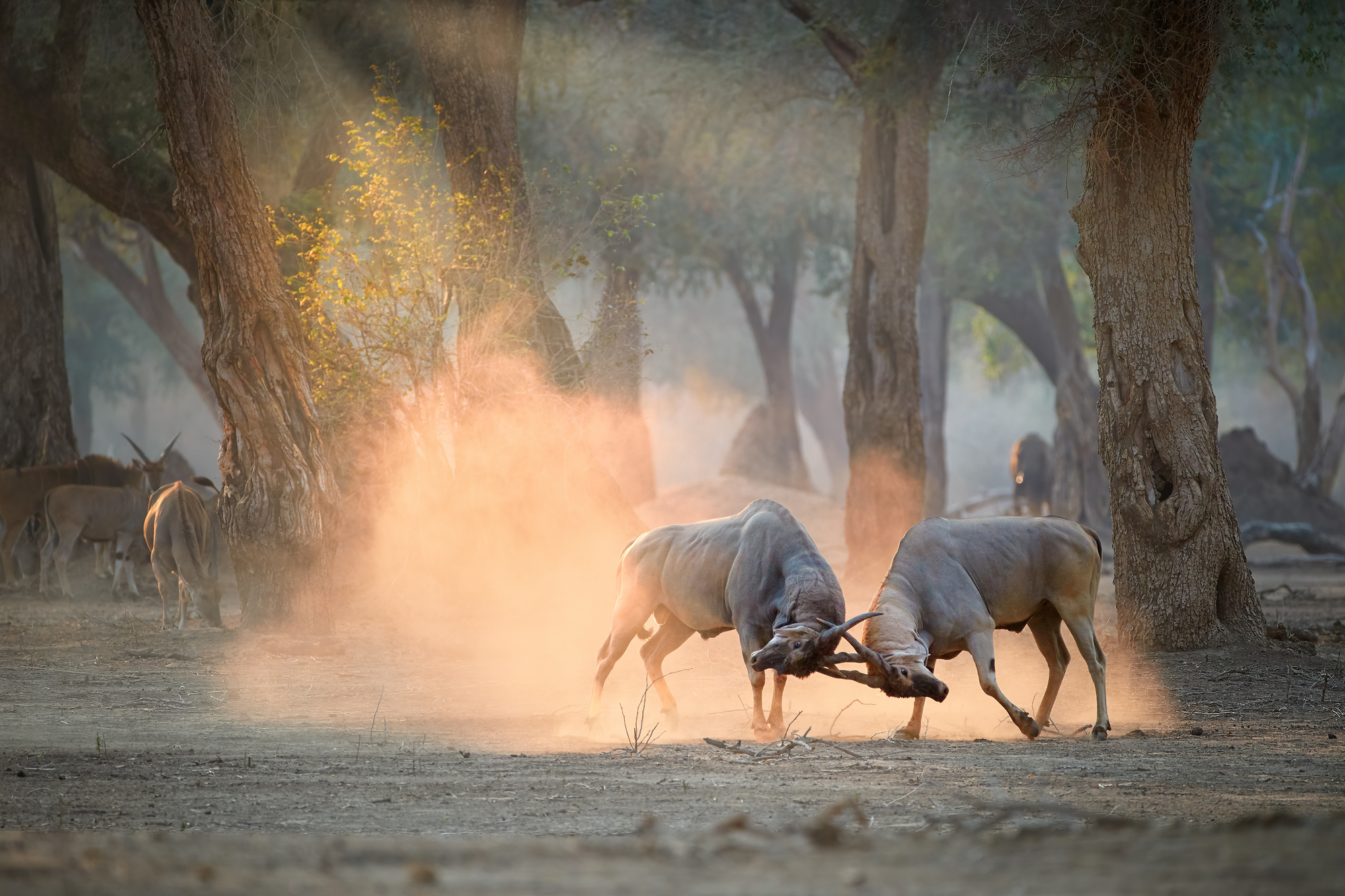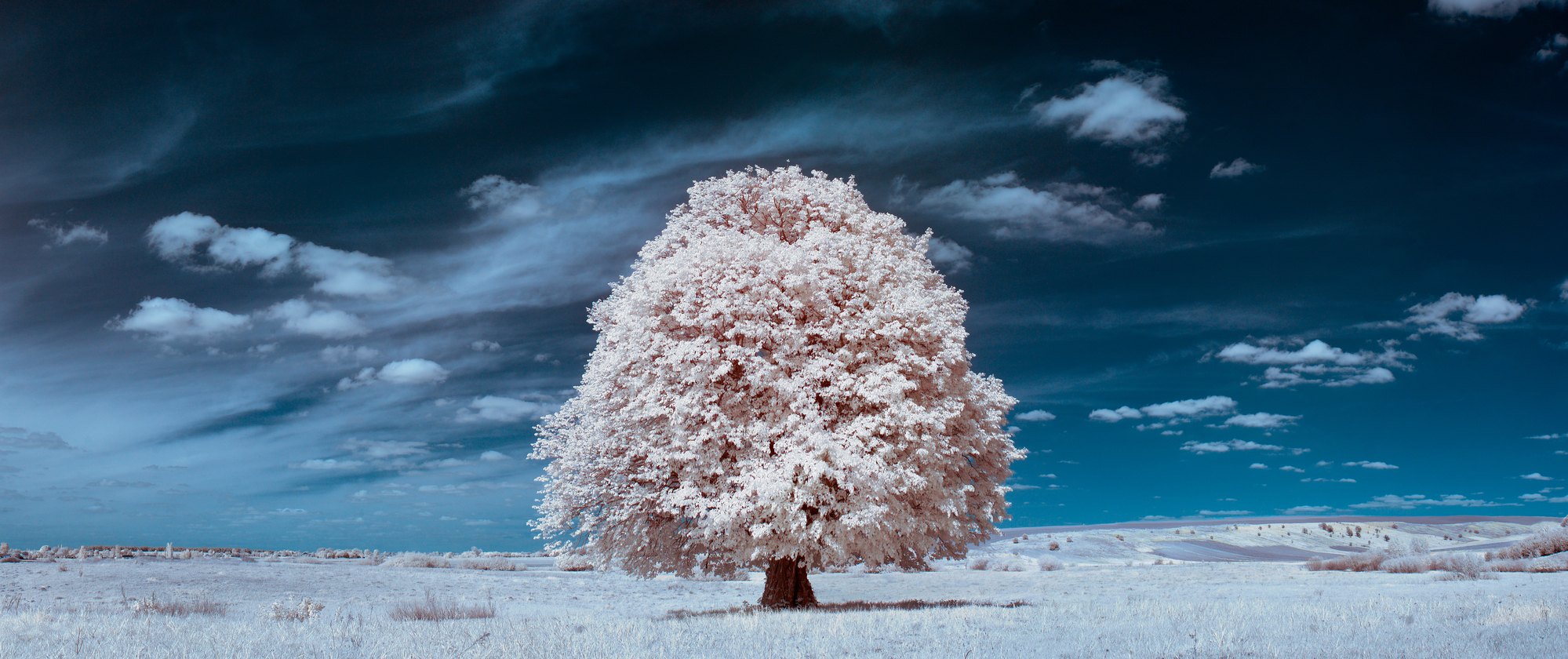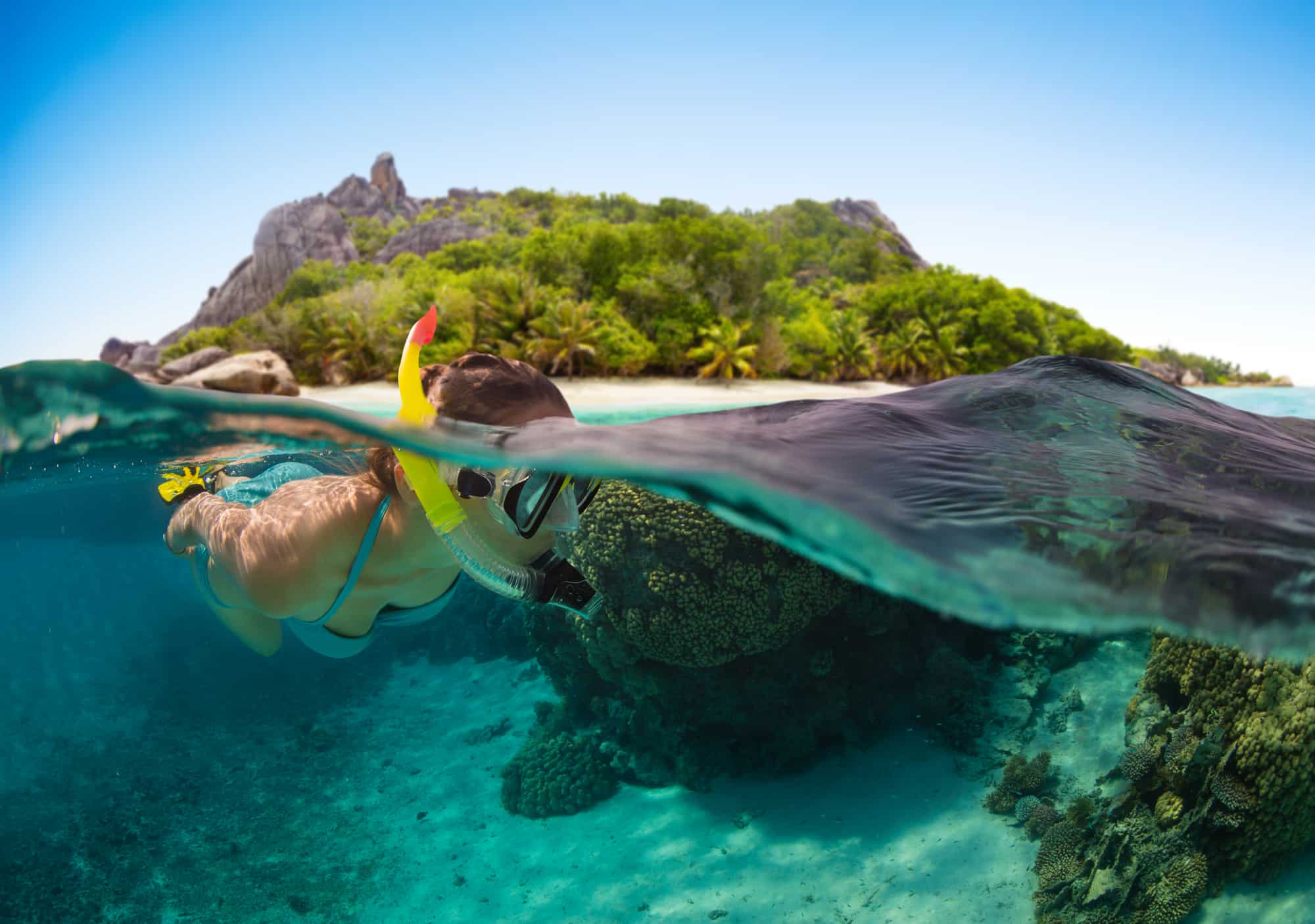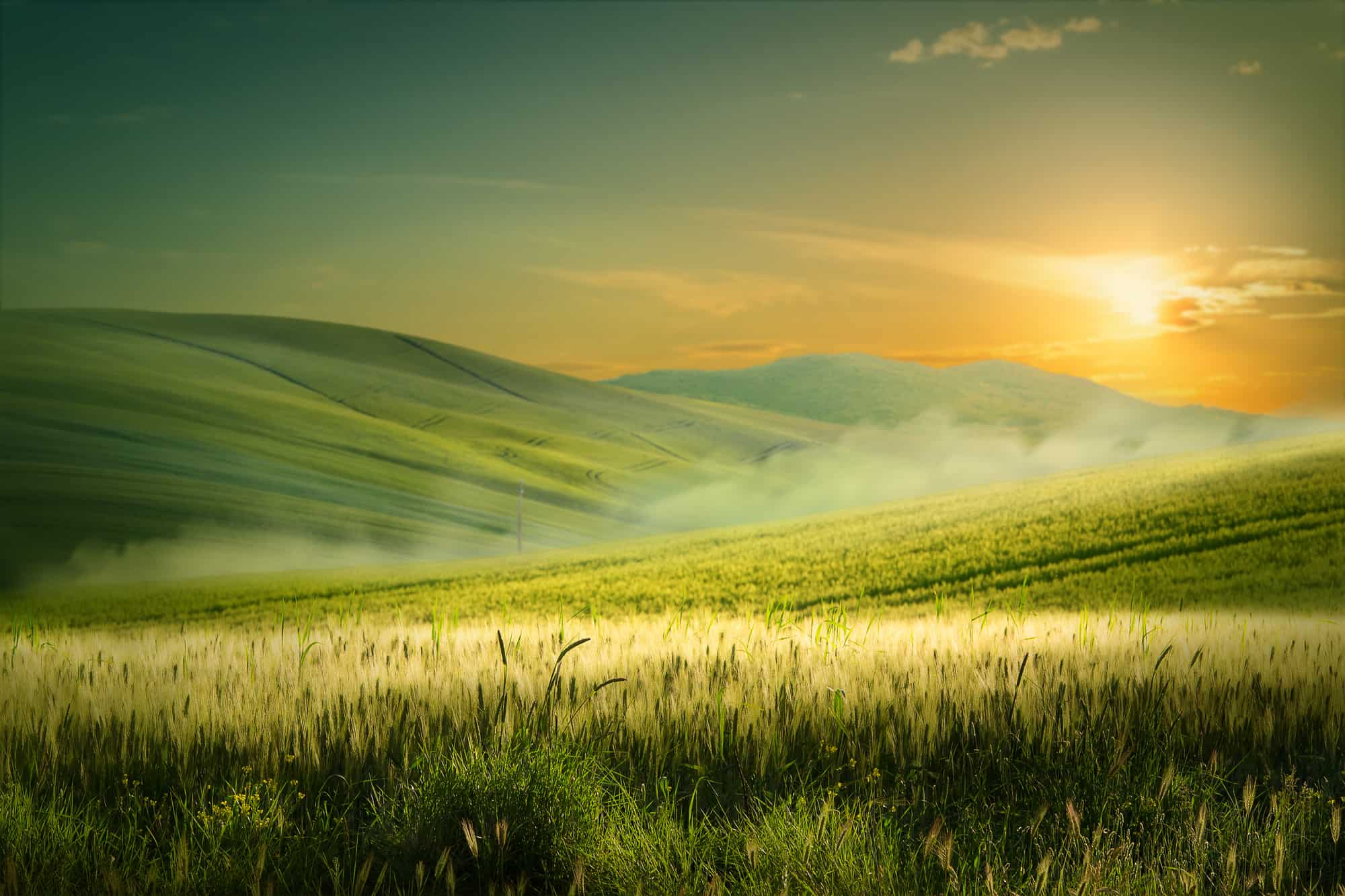Tips and Tricks for High-Quality Photos
-
Explore your camera’s capabilities
- your shutter’s speed and how to change it
- how long it takes to change focus during a shooting
- your maximum ISO speed for sharp images
-
Learn about the animals you’re shooting
-
Make sure you and your gear are protected
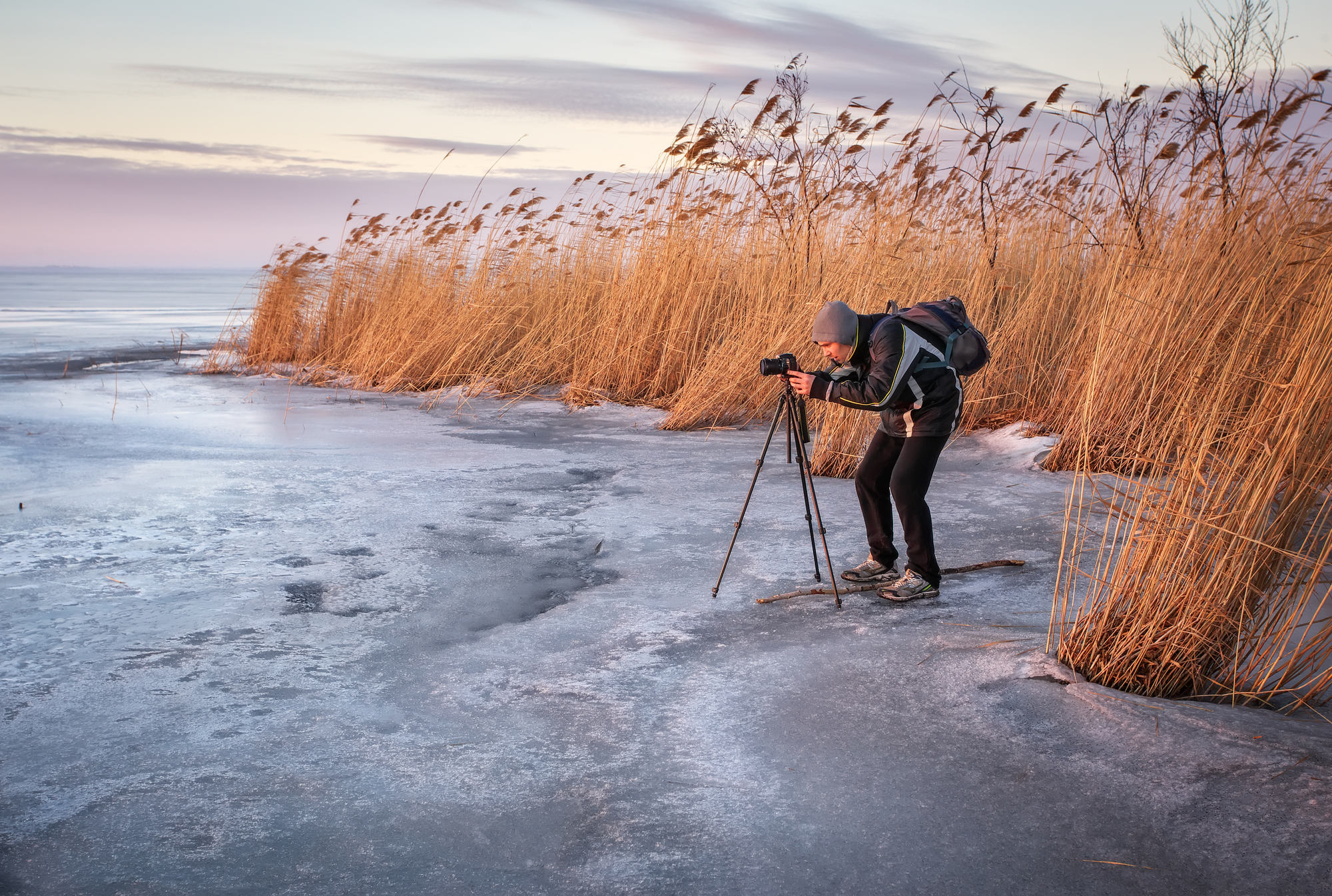
-
Don’t forget about the rules of composition
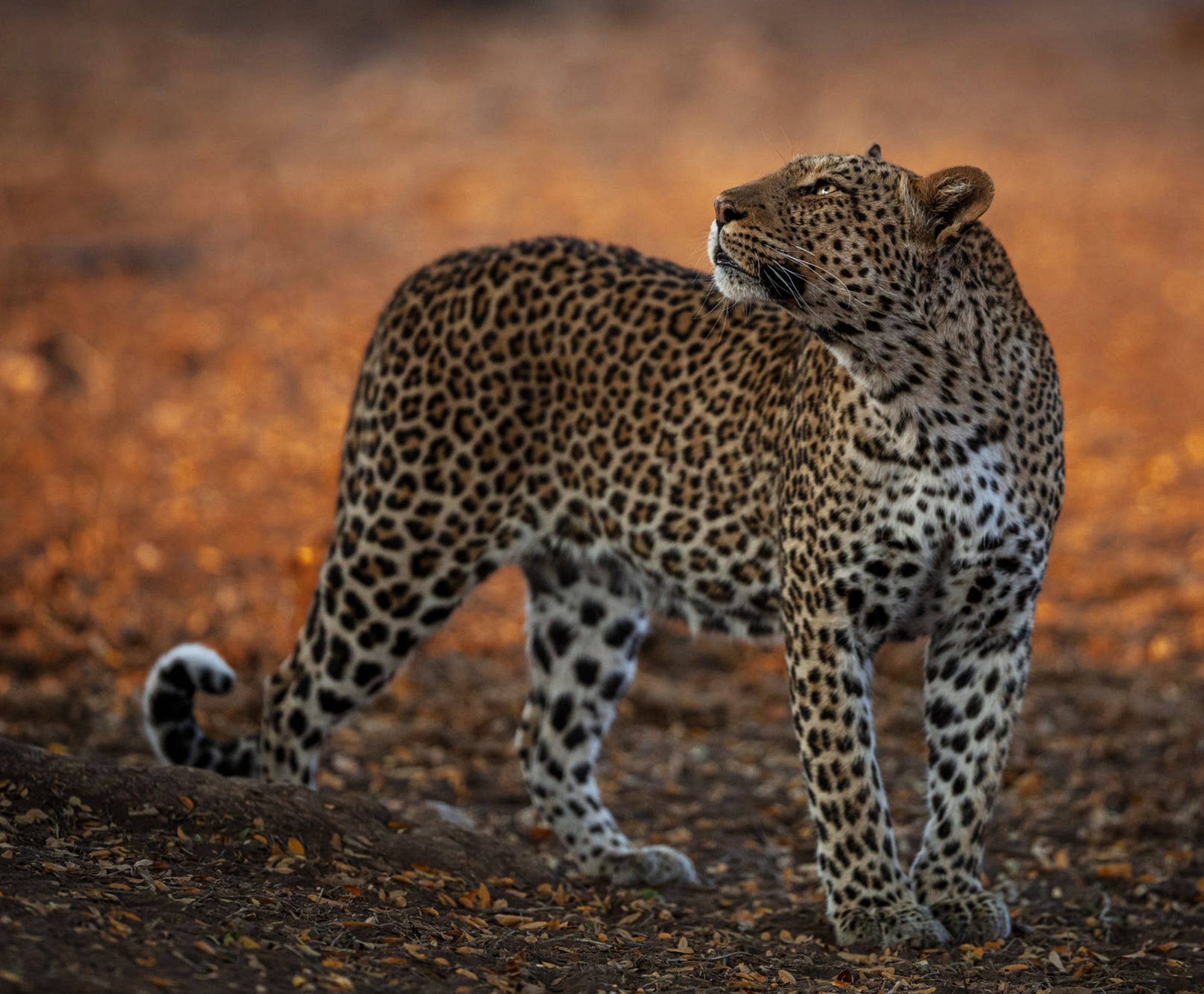
-
Be patient
Equipment and Settings for High-quality Shots
There is no general rule on how to capture perfect images of wildlife. Everything depends on the shooting conditions, the amount of light on set, and the animal you’re trying to photograph. However, there are a few tips that can help you perfect your shots.-
- Adjust the ISO. Begin with a low ISO (100, 200) to minimize the noise in your images. If it’s dark, you can make your ISO higher (800 is usually enough). Increasing the ISO affects image quality, so be careful and attentive.
- Set your shutter speed. Blurry photos are something you want to avoid, especially if you’re shooting animals that move a lot. Select a fast shutter speed to avoid missing crucial moments and motion blur. Select the 1/1000 sec. speed for slow-moving animals, and the 1/2000 sec. for fast-moving ones.
- Control your camera’s focus. When photographing wildlife, most of your objects are in constant motion. If you don’t want to miss anything important, the best option is continuous autofocus or Back Button Focus. It actively tracks moving objects, so they remain sharp while you’re shooting.
